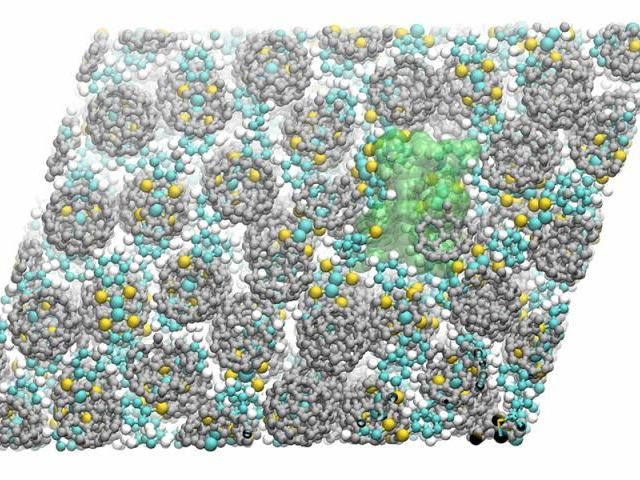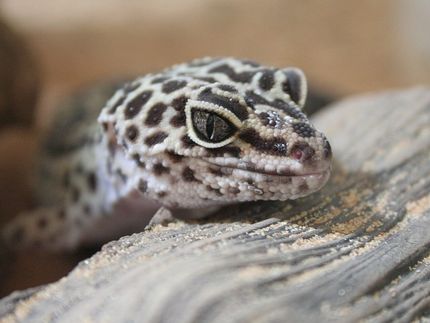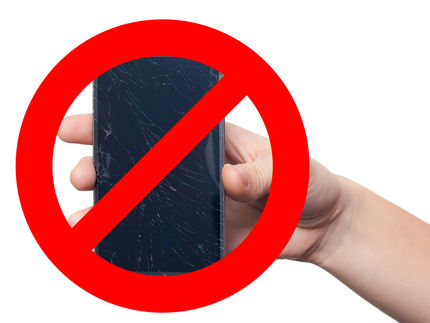This 2-D nanosheet expands like a Grow Monster
Grow Monsters. Expandable water toys. Whatever you call them, they're plastic-like figurines that swell when placed in water.

Light causes crystal lattice to swell, opening new possibilities for artificial muscles, tiny electronics.
Richard Remsing, Ph.D., Temple University
New materials science research borrows from this concept; only instead of water, engineers discovered that tiny crystal lattices called "self-assembling molecular nanosheets" expand when exposed to light.
The advancement could form the backbone of new light-powered actuators, oscillators and other microscopic electronic components useful in the development of artificial muscles and other soft robotic systems.
The work centers on a materials science concept known as photostriction, which means turning light directly into mechanical motion, says the study's co-lead author Shenqiang Ren, a researcher at the University at Buffalo's RENEW Institute, which works to solve complex environmental problems.
"We're using light -- anything from sunlight to a simple laser -- to cause the two-dimensional nanosheet to expand at an incredibly fast rate," he says.
How fast? Sub-milliseconds. The process is aided by the photostrictive effect, which essentially bypasses the need to create electricity to move something, says Ren, PhD, a professor in the Department of Mechanical and Aerospace Engineering in the UB School of Engineering and Applied Sciences.
The nanosheet -- made of the molecular charge-transfer compound DBTTF and buckyball molecules -- can expand up to 5.7 percent of its original size, according to the study.
While that may not sound like much, consider this: a 200-pound man that expands 5.7 percent would need to add 11.4 pounds in less than a second to keep pace with the light-triggered nanosheet.
Expandable water toys grow much more than that, but they do not revert to their original size. By contrast, the nanosheet does, making it potentially very useful as a light-induced actuator in artificial muscles, which has applications in everything from medical devices to industrial robotics.
Original publication
Other news from the department science

Get the chemical industry in your inbox
By submitting this form you agree that LUMITOS AG will send you the newsletter(s) selected above by email. Your data will not be passed on to third parties. Your data will be stored and processed in accordance with our data protection regulations. LUMITOS may contact you by email for the purpose of advertising or market and opinion surveys. You can revoke your consent at any time without giving reasons to LUMITOS AG, Ernst-Augustin-Str. 2, 12489 Berlin, Germany or by e-mail at revoke@lumitos.com with effect for the future. In addition, each email contains a link to unsubscribe from the corresponding newsletter.




























































